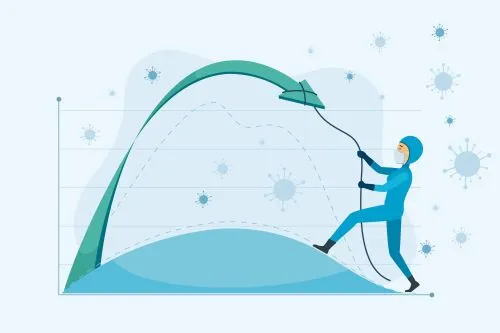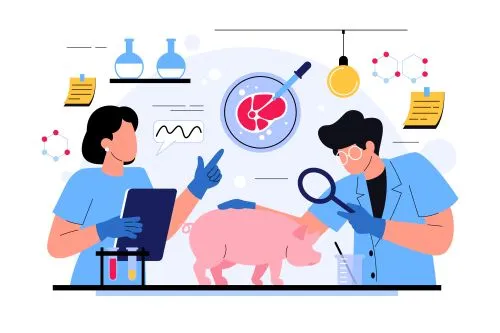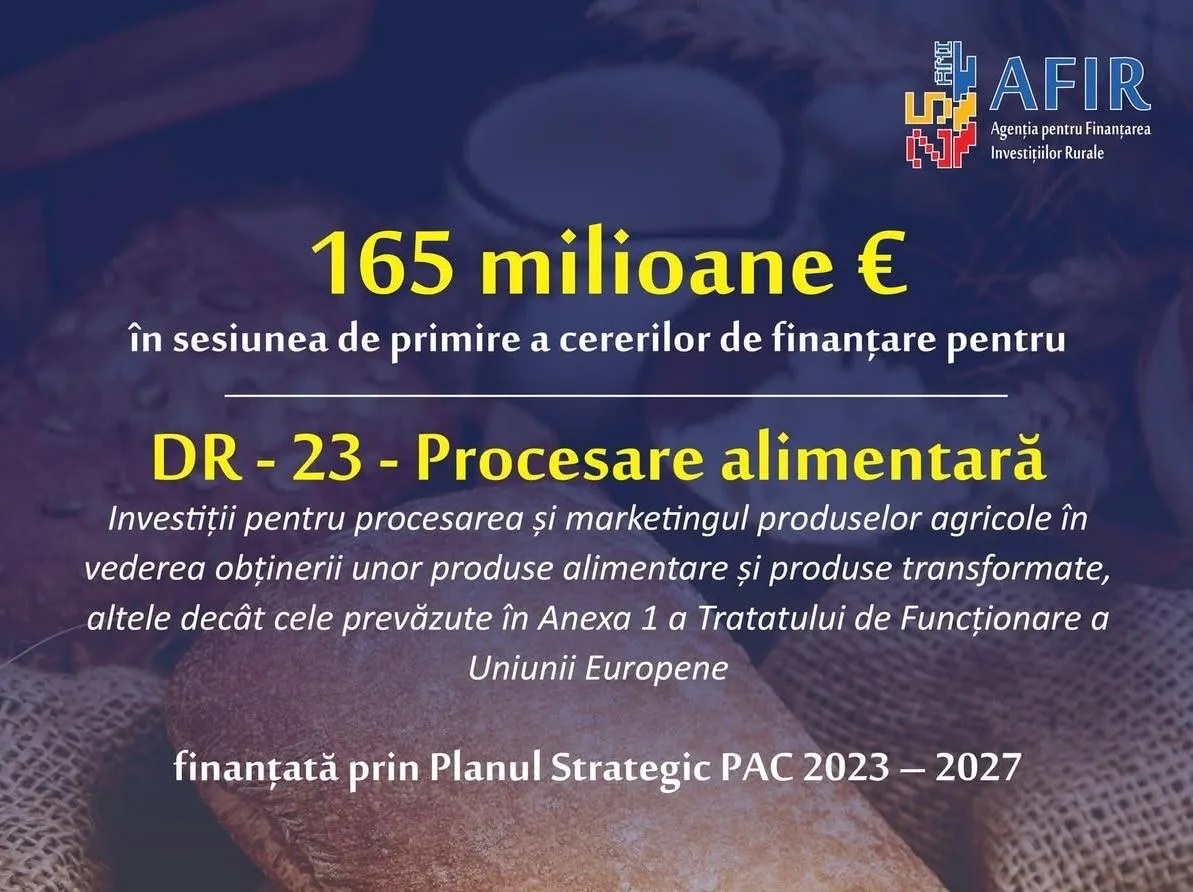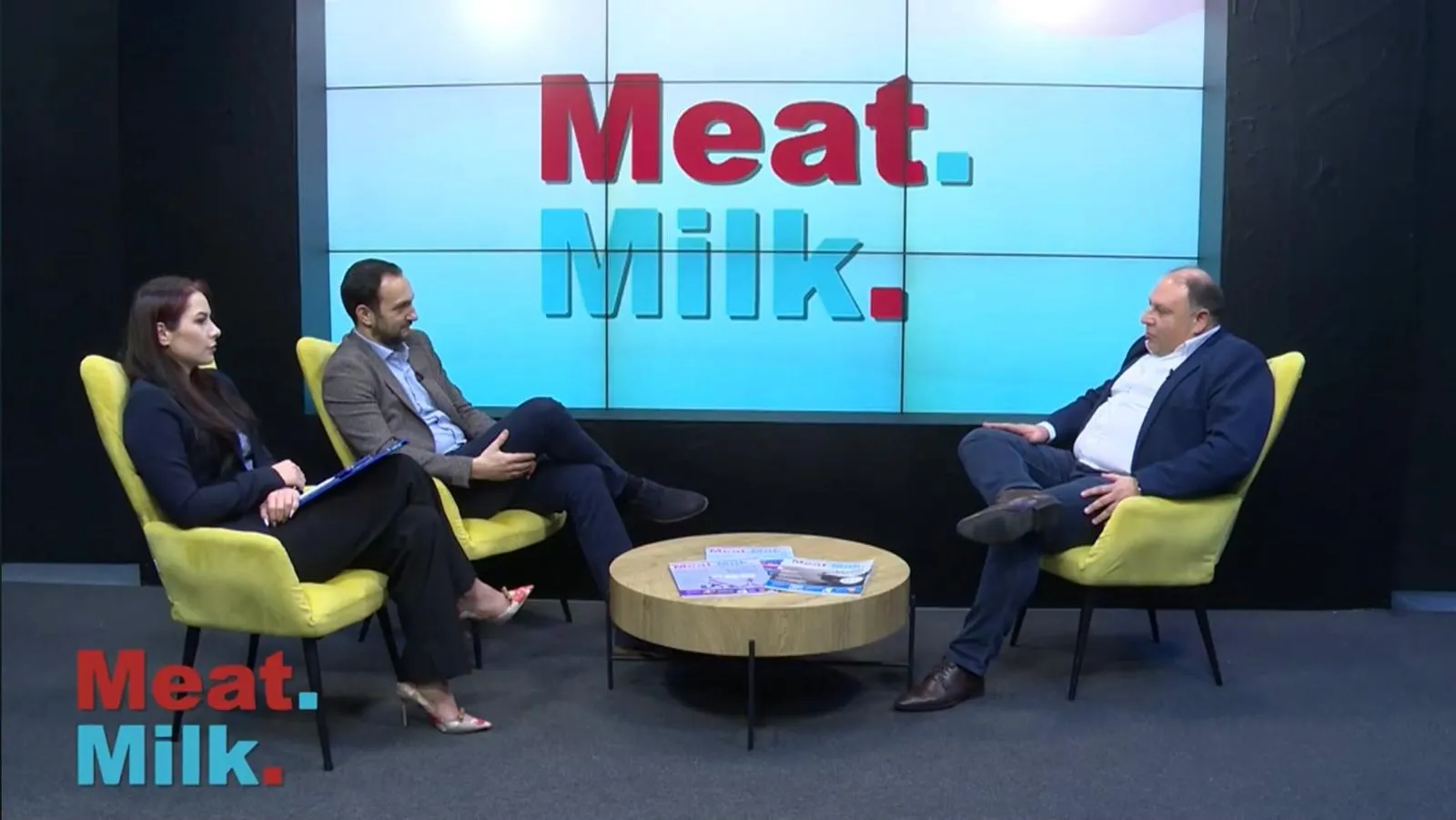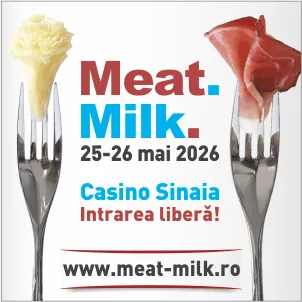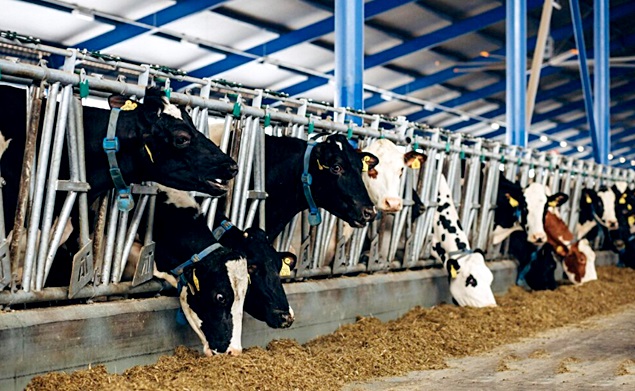
Should We Eliminate Livestock? The Role of Animals in a Circular Food Economy
Some argue that, in order to save the planet, humanity should aim to become entirely independent of animals. However, cattle, pigs, and poultry play a crucial role in achieving a truly circular economy – after all, what can we do with the residues from food production? Here’s a study published by DairyGlobal exploring this issue.
Half the Truth
According to the latest estimates from the Food and Agriculture Organization (FAO) of the United Nations, livestock accounts for about 14% of all anthropogenic greenhouse gas emissions.
Indeed, in industrialized countries, livestock’s share is only about half that proportion, mainly due to higher emission levels from other sectors (e.g., home heating, transportation, industry) compared to the global average.
There is no doubt that livestock farming must play a role in emission reduction. At the same time, global demand for food is rising so dramatically that animal production will have to grow significantly, even as alternative food sources are massively expanded.
Moreover, arable land is becoming increasingly scarce due to the growing global population, soil loss from urbanization, erosion, and desertification – the latter exacerbated by climate change.
Combined with climate change, the shortage of farmland threatens global food security and could trigger widespread human migration. Many industrialized countries with high population densities are also indirectly affected, as food and feed consumption often requires much more farmland than is domestically available (e.g., in Germany, external land use accounts for two-thirds of its domestic land).
Toward a Circular Economy
Despite this alarming scarcity of farmland, about 40% of global arable land is currently used for growing feed crops. This practice stems from the great successes of agriculture starting in the mid-20th century.
Mechanization, fertilization, crop protection, plant breeding, and other advances have significantly boosted crop yields, making cereals and other potentially edible crops practically limitless for animal feed.
This led to high-value-added livestock systems, where high-quality crops are converted into even higher-value animal products. Such economic conditions favor highly feed-efficient livestock systems, predominantly poultry, but also pigs.
However, these linear value-added systems will come under pressure. The growing global population will increasingly demand high-quality crops for direct human consumption, especially as farmland becomes scarcer.
Furthermore, crop production progress appears to be stagnating, partly due to climate change. Consequently, the ever-tightening resource limitations will force livestock farming to shift from linear to circular systems. In other words, future livestock systems must avoid competing with humans for high-quality crops.
Fork - Feed - Fuel
The human diet is almost entirely based on plant biomass derived from agriculture and horticulture. However, this biomass can only be harvested as whole plants (or parts thereof), with the actual edible portion requiring laborious extraction.
This process starts in the field (e.g., harvesters) and continues during food industry processing (e.g., milling). For example, only about one-third of the biomass from wheat cultivation ends up as bread, while most remains as inedible biomass (straw, bran).
Every form of food production inevitably generates large amounts of biomass that are simply inedible.
Inedible biomass can be fed to animals, which in turn transform it into edible biomass (meat, milk, eggs). Thus, livestock increases the overall food yield derived from the initial plant biomass grown on a limited amount of farmland – without introducing food competition.
This is the fundamental role animals have played in our food systems since agriculture began. Alternatively, inedible biomass could be used for energy production (e.g., combustion, biogas).
However, this cannot compete with other techniques (e.g., photovoltaics), as the combustion energy from harvested plant biomass accounts for less than 5% of the solar energy that originally radiated onto the land.
The scarcity of farmland will also lead to an increasing shortage of plant biomass. Its importance as a food source will grow, and we must increasingly adhere to a cascading usage principle: Fork > Feed > Fuel.
The main goal is the direct production of plant-based food for humans (Fork). The inevitable residues from this process (inedible biomass) are fed to animals to produce additional food (Feed). Finally, energy production (Fuel) relies on biomass residues from the feed and food sector, such as manure/slurry.
Inedible Biomass – An Underrated Resource
Large amounts of inedible biomass are already produced in the field during harvesting. These co-products (e.g., straw) often exceed the mass of the primary harvested products.
Further processing of these crops into final food products generates additional by-products (e.g., bran, extraction meals), representing about one-third of processed crops and serving as a valuable source of high-quality animal feed.
Permanent grasslands are another significant source of inedible biomass. Most are unsuitable for arable farming due to topographical and climatic conditions and thus do not compete with plant-based food production.
Globally, about 70% of total agricultural land consists of such grasslands, and even in regions with intensive crop production, the share is significant (e.g., 30% in Germany).
Overall, producing 1 kg of plant-based food generates at least approximately 4 kg of inedible biomass. Vegan foods are no exception. For example, only about one-sixth of the biomass from oat cultivation ends up as oat milk.
For wheat protein used to produce vegan sausage and meat alternatives, the yield is less than 10%. This demonstrates that all plant-based (vegan) foods generate several times their mass in inedible residues throughout their production – from cultivation to processing and final product.
Circular Agriculture with Livestock
Inedible biomass contains large amounts of plant nutrients that must be returned to the soil. This can be done through field decomposition, fermentation in biogas digesters and use as fertilizer, or by feeding it to animals and fertilizing soils with manure. Decomposition has low fertilization efficiency, resulting in lower crop yields.
In contrast, biogas residues and animal manure can be applied more precisely, roughly doubling crop yields. However, only by feeding animals can inedible biomass generate additional food.
This increases total calorie and protein yields from the same farmland by at least 50%, without introducing food competition.
CH₄ Emissions are Climate Neutral
Ruminants efficiently utilize inedible biomass but also emit methane (CH₄). This is indeed a much more potent greenhouse gas than CO₂, although it degrades quickly in the atmosphere.
With a constant number of ruminants (i.e., stable emission rates), CH₄ release and degradation in the atmosphere remain balanced, resulting in no net temperature change.
Conversely, long-lived CO₂ accumulates over time, causing cumulative warming. Therefore, the main goal of climate protection should be maintaining a stable number of ruminants, aligned with the Fork - Feed - Fuel cascade principle. Under these conditions, CH₄ emissions from ruminants are practically climate neutral.
Too Few Animals is Harmful
Inedible biomass is part of natural nutrient cycles and will release carbon, nitrogen, phosphorus, and other bound elements, whether it rots on farmland or is processed via biogas or animals.
Avoiding animal feeding with inedible biomass does not reduce environmental or climate impacts. The key difference lies in the loss of food production that animals would otherwise generate from inedible biomass.
To compensate, more intensive crops or additional arable land would be needed, increasing emissions associated with feeding the same number of people. However, with current intensive livestock systems, feeding the same population also generates high emissions, as a significant portion of animal production is based on food competition and land-use changes.
Only when applying the Fork - Feed - Fuel cascade can overall environmental and climate impacts be minimized.
Strengthening Feed Efficiency
Using biomass according to the Fork - Feed - Fuel cascade limits both the quantity and quality of available feed, reducing animal-based food production compared to current conditions. For ruminants, the expected losses are relatively minor, as they have traditionally been fed primarily with inedible biomass.
However, pork and especially poultry production would dramatically decrease, as these animals require high-quality feed. In such a scenario, maximizing feed efficiency becomes critical.
This begins with optimized feed management from harvest to storage and feeding techniques, coupled with plant breeding to maximize the nutritional value of inedible plant materials.
It continues with precision feeding and stabilizing the digestive efficiency of animals. Another significant impact comes from reducing "unproductive" feed consumption across the production system.
Measures ensuring robust and rapid growth of young animals, multiple undisturbed production cycles, longevity, improved animal welfare, and stable animal health significantly reduce unproductive feed use, regardless of the inedible biomass’s quality.
These measures also reduce methane (CH₄) loads from ruminant-derived products, as enteric methane production is primarily determined by feed intake.
Conclusions
The overarching goal is to feed as many people as possible with minimal environmental and climate impact. This is achievable only within a circular economy where agriculture and livestock farming are balanced according to the Fork - Feed - Fuel cascade.
